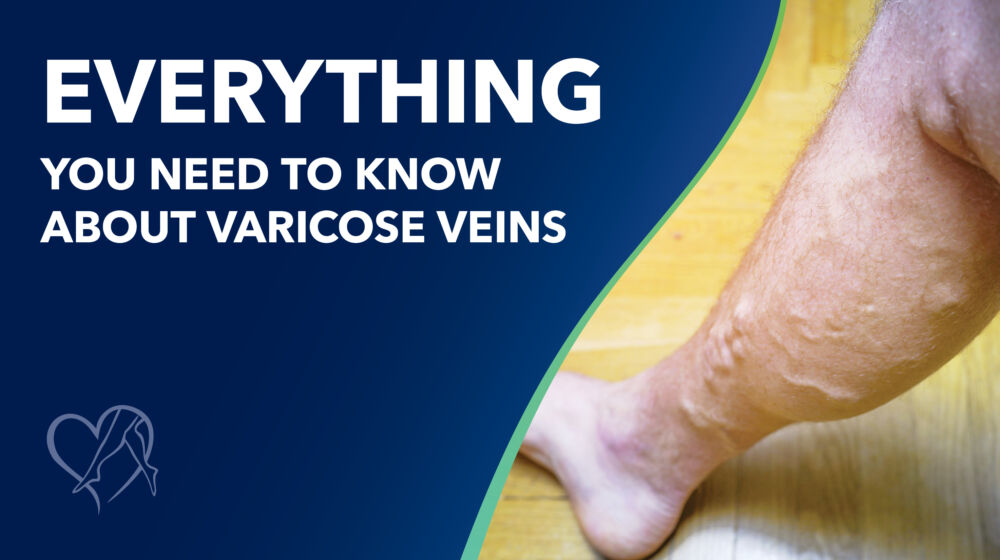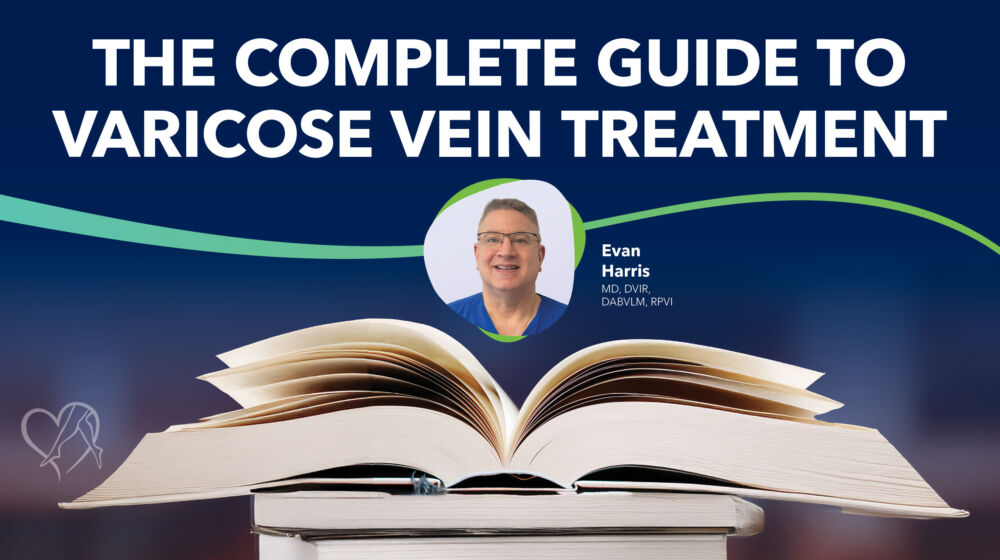In addition to other uncomfortable symptoms, varicose veins can be tender to the touch. But you don’t have to suffer through the pain!
Have you ever accidentally touched a varicose vein and felt a sudden jolt of pain? Pain is never fun, and as varicose veins sometimes don’t show visible symptoms, that pain you feel may be the first sign that you need help with your veins!
With tender varicose veins, take caution when engaging in certain activities where you might accidentally bump the swollen vein. Such activities include contact sports, gardening, working around the house, or even smoothing lotion on your legs. The good news is that many treatment options are available to alleviate the pain and help you regain smooth-looking legs!
But first, why do varicose veins hurt when I touch them?
Varicose veins form when blood pools in the leg veins due to weakened vein valves that cannot properly open and shut to push blood toward the heart. As blood continues to pool in the vein, pressure builds and stretches the vein walls, turning the veins into twisted and protruding cords on the legs and feet. The increase in pressure also causes blood and toxic fluids to leak into the surrounding skin and tissues. As the vein becomes more inflamed and swollen, it’ll feel more tender to the touch and even become prone to bleeding.
Superficial veins are more likely to develop into a varicose vein. Still, varicose veins can also form deeper within the leg veins. While you may not see the varicose veins, you’ll still likely feel the effects, including pain, a sense of heaviness, itching, and cramping. If left untreated, varicose veins could develop additional complications, such as infected sores, excessive bleeding, and even dangerous blood clots. These clots can increase your risk of deep vein thrombosis (DVT).
How to avoid (and reduce) the pain
Don’t wait until you feel the pain from varicose veins! Try these at-home remedies to prevent and reduce the discomfort:
Elevate Your Legs. To counteract blood pooling in the leg veins and help it flow in the right direction back towards the heart, you can prop your legs on a pillow for as little as 15 minutes a day.
Stretch. Blood pools in the veins when you sit or stand for long hours. Take a break every so often to stretch the calf muscles in your legs.
Cool Down. Soak your legs in cold water. The cold temperature contracts the veins and promotes blood flow, decreasing pain and swelling.
How to eliminate uncomfortable varicose veins
These tips provide quick, short-term pain relief. To permanently eliminate the discomfort caused by varicose veins, you can speak to a vein specialist about undergoing a minimally invasive surgical procedure. One such procedure is sclerotherapy. The physician injects a safe saline-based solution during sclerotherapy which irritates and seals the diseased vein.
You can also consider laser ablation or radiofrequency ablation. These procedures close the vein using heat from the laser or radiofrequency waves.
Another popular treatment method is ambulatory phlebectomy. This procedure involves extracting the problem vein via two tiny incisions that require only a band-aid afterward.
All of these procedures can be completed within a brief office visit, allowing you to return to your normal activities with few restrictions quickly.
You don’t have to live with painful veins!
Whether your varicose veins have started causing you discomfort or not, you can get treatment today to prevent any symptoms from worsening. Center for Vein Restoration operates two offices in Alaska to take care of all your vein care needs. Both facilities are led by Don Ives, MD, DABVLM, RPVI, RVT, a family physician specializing in vein disorders. Contact Dr. Ives today for a consultation.
Anchorage
2550 Denali Street, Suite 1307
Anchorage, Alaska 99503
Fairbanks
1626 30th Avenue, Suite 203
Fairbanks, Alaska 99701
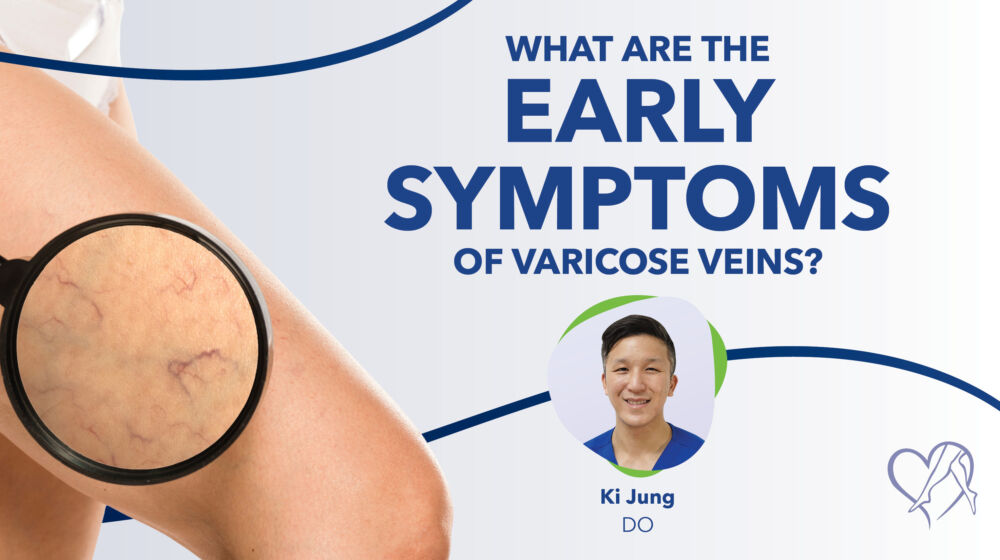
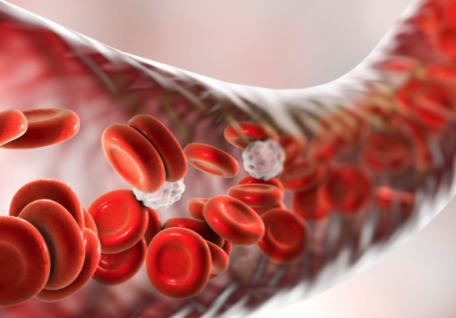 About Vein Disease
About Vein Disease
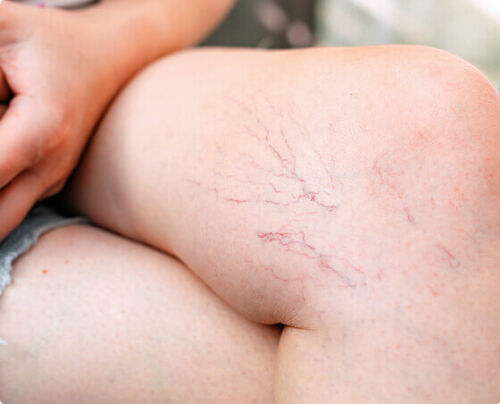 Spider Veins
Spider Veins
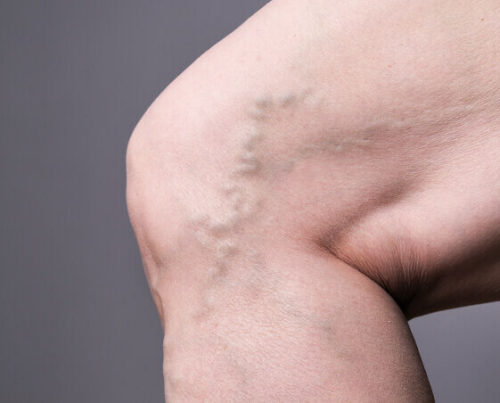 Varicose Veins
Varicose Veins
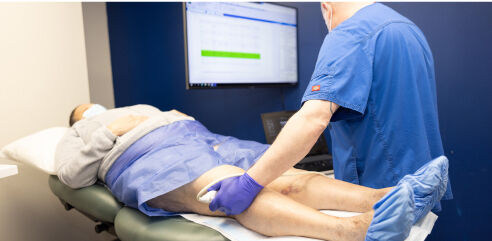 Vein Disease Treatments
Vein Disease Treatments
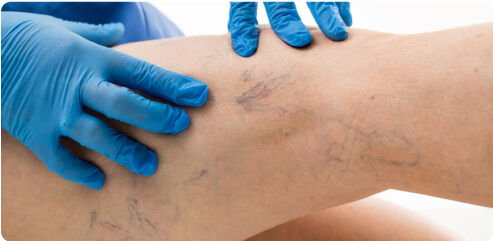 Treating Spider Veins
Treating Spider Veins
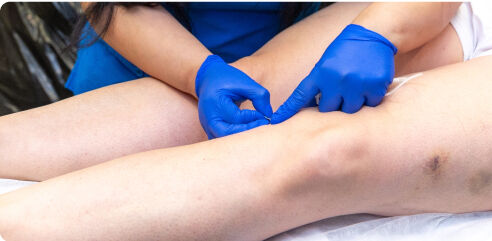 Treating Varicose Veins
Treating Varicose Veins
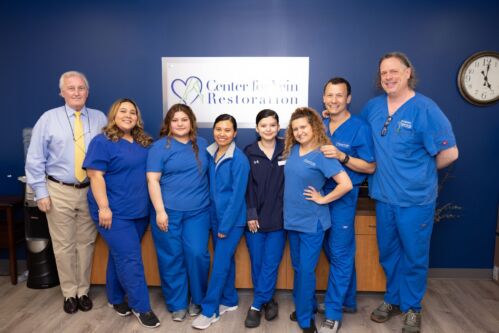 About Us
About Us
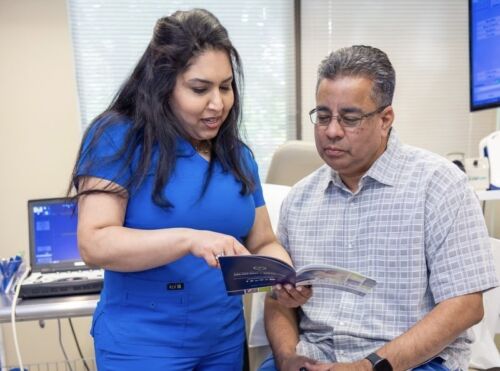 Patient Resources
Patient Resources
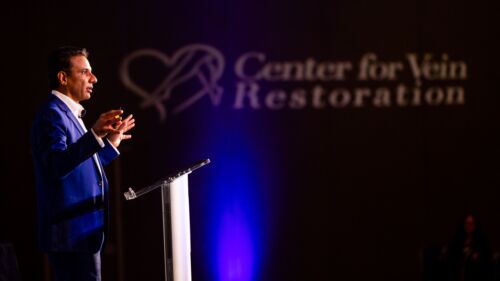 Physician Resources
Physician Resources

